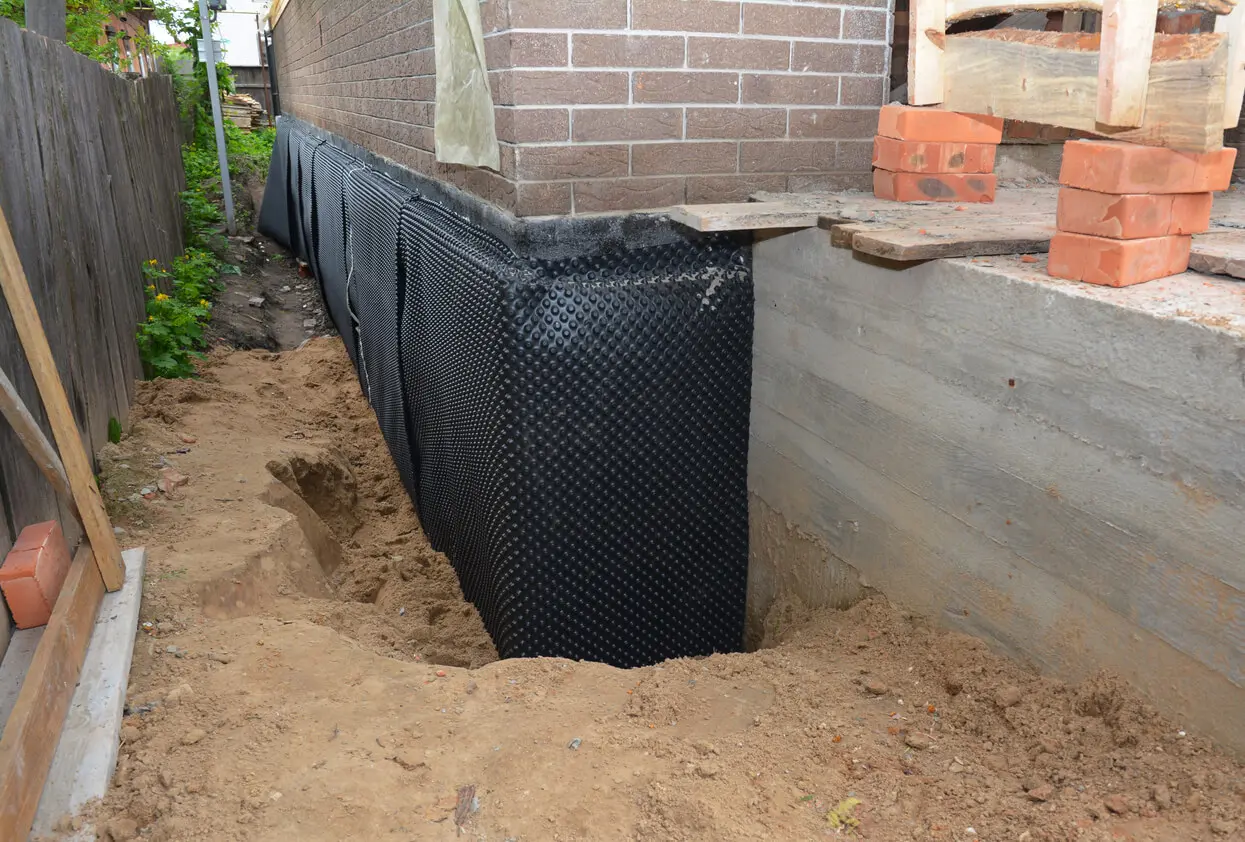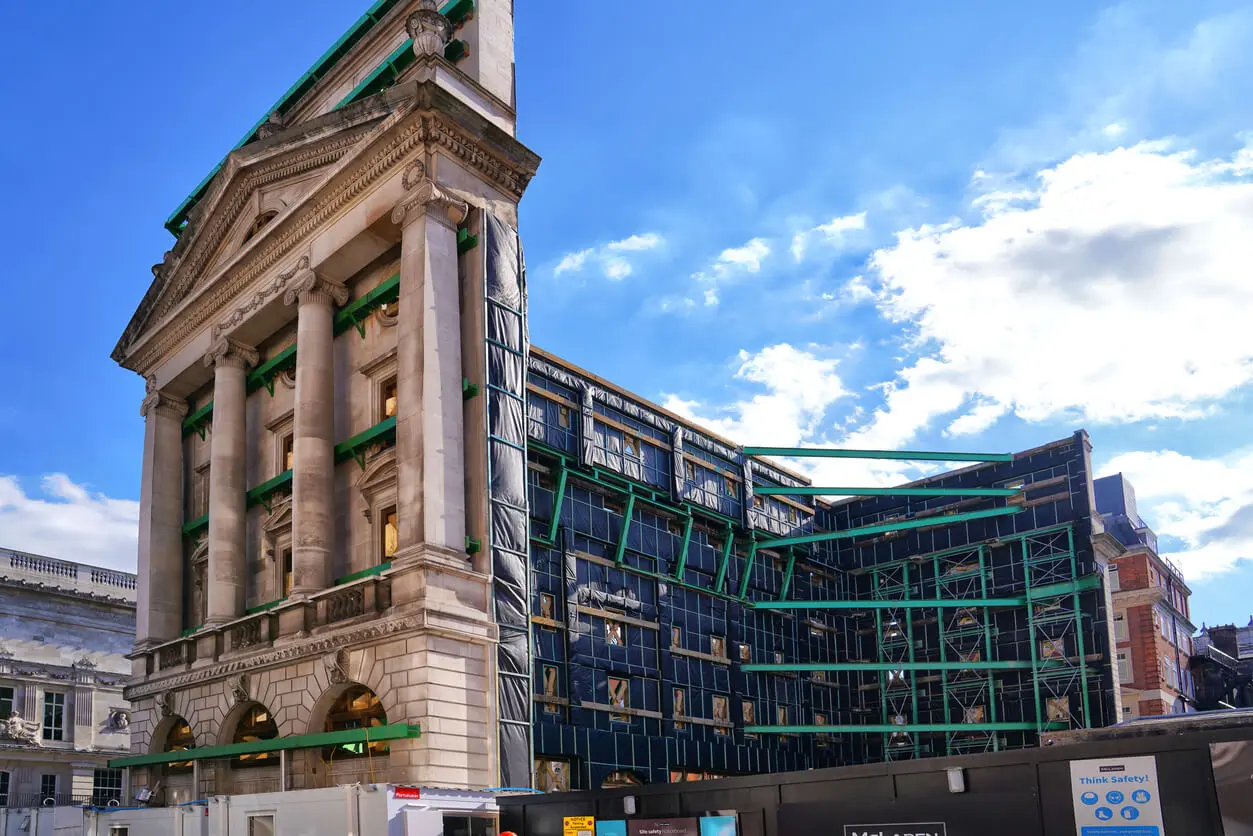
Basement Tanking: How to Keep Your London Property Dry
Basements are a valuable asset for many London properties, providing extra living space, storage, or...
Basement construction in Central London is both challenging and rewarding. With limited space, a basement extension is a great choice when considering how to add more space, or increase the value of the property.
Underpinning is essential for strengthening and supporting existing structures during the construction of a basement. In areas like Central London, where buildings often sit side-by-side. Structural stability is strictly vital to keep all property safe and in-tact.
In London, most buildings are old and were constructed with traditional methods that do not always accommodate modern extensions. Subsidence underpinning helps address this by adding stability to the foundations of existing structures, allowing for deeper excavation without compromising safety.
Different methods of basement underpinning can be used depending on the specific requirements of the property. For London properties, where access is often restricted and buildings may be tightly packed, certain techniques are particularly suitable:
This traditional method involves digging beneath the existing foundation in stages and pouring concrete to extend the foundation deeper. It is often used for older buildings in London because of its simplicity and effectiveness in restricted spaces.
This method uses reinforced concrete beams to transfer the weight of the structure to more stable areas. It is effective for properties that require more significant load distribution.
In areas where the ground conditions are poor or where deeper foundations are required, mini-piles can be used to support the existing structure.
Each of these techniques has its benefits, and the choice will depend on factors such as soil conditions, building age, and the depth of excavation required. For any London basement project, consulting with professionals is crucial to determine the appropriate underpinning method.
Underpinning ensures that the building remains stable, preventing any movement or settlement that could lead to costly damage in the future. Older buildings typically weren’t built to the same safety standards we have today, and so it is common for them to suffer from structural movement. This causes significant issues such as cracks in walls, uneven floors, and even compromised structural integrity.
As well as providing a fix to the structural issues listed, underpinning has other benefits such as:
Whether you’re planning to extend an existing property with a basement construction, or need to improve the structural integrity of your development, underpinning may be needed. By providing the necessary support to existing foundations, it ensures that your London property is safe, stable, and built to last.
At BH Basements, we specialise in underpinning, structural works, and basement construction for central London properties. Our expert team are trained regularly, internally and externally, ensuring we can help you with the most complex challenges. Contact us today to discuss how we can support your next project, and ensure structural integrity.
Basement Underpinning
For further information about BH Basements, please do not hesitate to get in touch. We are always happy to help.
For more captivating insights and expert advice, delve into BH Basements’ diverse range of blog articles.

Basements are a valuable asset for many London properties, providing extra living space, storage, or...

Building a basement is a significant investment and ensuring that it remains dry and protected...

Building a basement is a significant investment and ensuring that it remains dry and protected...